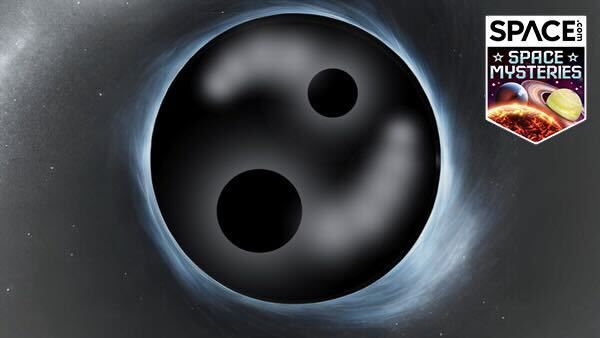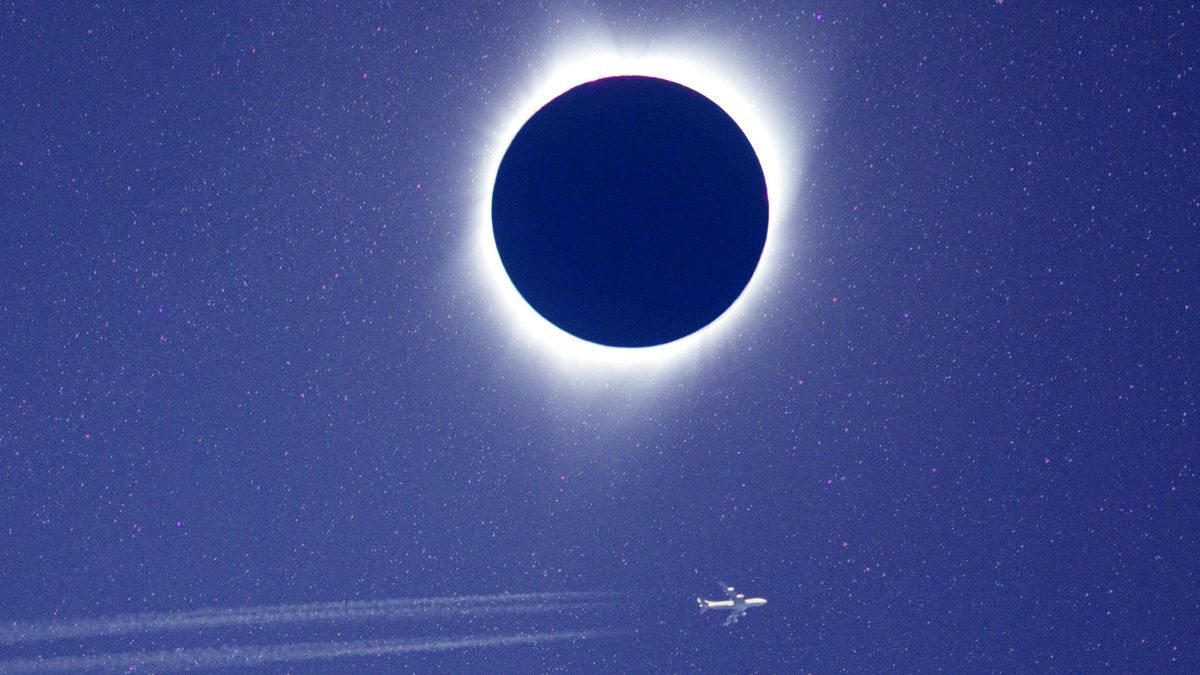Supermassive Black Holes: Unraveling the Mystery of Their Lineage
Black holes are enigmatic cosmic entities that have captivated human curiosity due to their enormous size and mysterious nature. While some black holes are formed from the demise of massive stars, the most colossal ones, known as supermassive black holes, are far beyond what a single star can produce. These massive entities lurk at the centers of galaxies, with masses equivalent to millions or even billions of suns. The origin of such gigantic black holes is thought to involve the merger of two smaller black holes in the distant past.
The Enigma of Black Holes
Black holes are characterized by an event horizon, a boundary that separates our universe from the unknown regions within the black hole itself. This event horizon makes it impossible to receive any information from beyond the black hole, leading to its mysterious nature. Theoretical physicist John Wheeler famously stated that “black holes have no hair,” implying that these supermassive black holes reveal very little about their lineage.
Imre Bartos, a physicist at the University of Florida, proposes that the limited characteristics of supermassive black holes, such as mass, spin, and electric charge, may conceal vital information about their origins. He argues that the traditional theory of black hole formation from the collapse of massive stars cannot explain the existence of the massive black holes we observe today.
Searching for Black Hole Ancestors
Bartos raises the intriguing question of whether it is possible to trace the lineage of a black hole by studying its properties. By examining the masses, spins, and gravitational waves emitted during black hole mergers, scientists may uncover clues about the ancestors of these cosmic entities.
Observations of gravitational waves suggest that the most massive black holes may have formed through a series of collisions and mergers involving progressively larger generations of black holes. Bartos emphasizes the importance of understanding the mechanisms that bring black holes together, as this knowledge could provide insights into the evolution of the universe and fundamental physics.
Revealing the Black Hole Family Tree
Studying the masses and rotation speeds of supermassive black holes could potentially reveal information about the black holes that gave rise to them. Bartos and his colleagues theorize that the angular momentum of a black hole can be inherited from its parent black holes through successive mergers. By analyzing the electromagnetic signals from black hole mergers, researchers may gain insight into the environmental conditions that influence black hole growth.
Bartos suggests that black holes with masses exceeding 50 times that of the sun may be found in regions with multiple black holes, indicating a history of mergers spanning several generations. This generational merging process not only adds to the mass of black holes but also increases their rotational speed.
Challenges and Future Prospects
While the idea of black holes having “grandparents” is intriguing, Bartos acknowledges the limitations of directly detecting previous black hole mergers. The timescales involved in the formation of supermassive black holes, estimated to be at least 1 billion years, pose a challenge for observational studies.
Despite these challenges, advancements in gravitational wave detection technology offer hope for identifying distant black hole mergers and shedding light on the growth of black holes over cosmic history. Bartos remains optimistic about the potential of future discoveries in unraveling the mysteries of black hole lineage and the evolution of the universe.
In conclusion, the quest to understand the origins of supermassive black holes represents a fascinating frontier in astrophysics, with implications for our understanding of cosmic evolution and the fundamental laws of nature. As scientists delve deeper into the complexities of black hole mergers and their ancestral connections, new revelations await on the cosmic journey to the extremes of knowledge.
Image/Photo credit: source url





